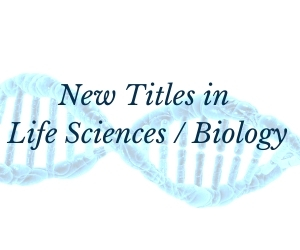System Upgrade on Tue, May 28th, 2024 at 2am (EDT)
Existing users will be able to log into the site and access content. However, E-commerce and registration of new users may not be available for up to 12 hours.For online purchase, please visit us again. Contact us at customercare@wspc.com for any enquiries.
The book shows how mathematical and computational models can be used to study cancer biology. It introduces the concept of mathematical modeling and then applies it to a variety of topics in cancer biology. These include aspects of cancer initiation and progression, such as the somatic evolution of cells, genetic instability, and angiogenesis. The book also discusses the use of mathematical models for the analysis of therapeutic approaches such as chemotherapy, immunotherapy, and the use of oncolytic viruses.
Sample Chapter(s)
Chapter 1: Cancer and sornat ic evolution (395 KB)
Contents:
- Cancer and Somatic Evolution
- Mathematical Modeling of Tumorigenesis
- Cancer Initiation: One-Hit and Two-Hit Stochastic Models
- Microsatellite and Chromosomal Istability in Sporadic and Familial Cancers
- Cellular Origins of Cancer
- Costs and Benefits of Chromosomal Instability
- DNA Damage and Genetic Instability
- Tissue Aging and the Development of Cancer
- Basic Models of Tumor Inhibition and Promotion
- Mechanisms of Tumor Neovascularization
- Cancer and Immune Responses
- Therapeutic Approaches: Viruses as Anti-Tumor Weapons
Readership: Researchers and academics in bioinformatics, biocomputing, biomathematics, cell/molecular biology and cancer biology, as well as clinicians.


























